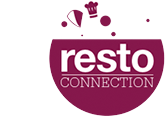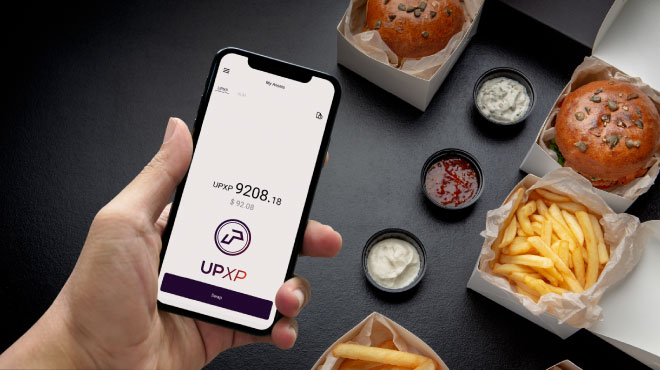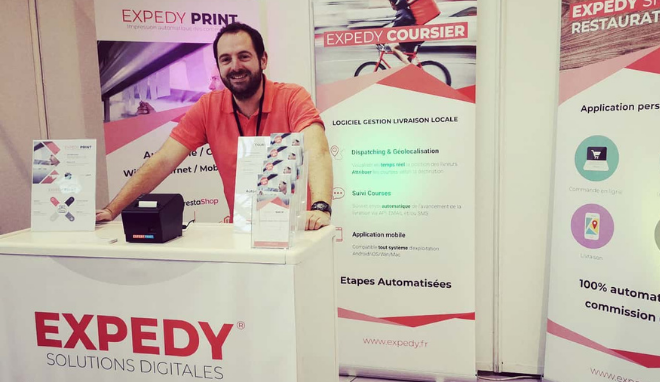

Anthony likes helping people reach their true potential. Being the victim of his own fears and insecurities in his own business, he has decided to help others create more opportunities.
Few businesses last more than three years. Running a successful restaurant business that satisfies your customers, your staff and yourself is a constant challenge. You constantly have to think ahead with all of your decisions. Whether it’s about hiring new staff or making other investments, you can’t just wing it. And you can’t afford to spend all your time assessing your business either. That’s why this article is about narrowing it down to 6 key restaurant metrics that will help you make the right choices for the future.
Your break-even point
Without knowing how much you need to just balance your accounts, it’s impossible to make any substantial profit. Still, calculating your break even point is much harder for a restaurant than other service based businesses because you also have to account for your merchandise and labour costs.
The simplest way to calculate your break even point is to first determine your overhead rate and your labour costs. These are fixed, unless you hire someone new next month, in which case you can just add the cost. You can choose any time frame you want, but it’s always good to have a weekly, monthly, and yearly reference. The third variable to include in your break-even point is the cost of merchandise, hence the important of the specific timeframe.
Your break-even point is simply the addition of all those variables:
Overhead costs (labour and premises)+merchandise= break even point
By always knowing that number, you know how much your waiters have to sell every single day for you to be able to pay them.
Food cost and food cost percentage
Food costs are a way for you to dig a little deeper into the health of your restaurant. This measure will help you know how much of your revenue is used for food and beverages. That number is easy to track. You simply divide your merchandize costs by your total sales:
(Merchandise costs/total sales)x100= Food cost percentage
According to The Restaurant Report, a profitable restaurant should spend between 28 to 35% on food. If the proportion is higher, it may mean that your prices are too low, or that you don’t have enough key profitable products on your menu.
Labor cost percentage
Labour cost percentage is also calculated as a percentage of your total sales. According to Chron, food and labour combined should not amount to more than 60% of your total sales if you want your restaurant to be profitable. In other words, if your food costs are 30%, your labour costs shouldn’t be more than 30% either.
The solution to lower labour cost percentage is not necessarily to get rid of employees. It can also be about changing your menu or training your employees to be more effective sales people. An efficient waiter should be able to make people spend more than they had initially intended.
Employee turnover rate
Your staff will be even more efficient if they’re trained and happy to work for you. According to a study by People 1st, the average turnover rate for the hospitality indsutry is 31%, which is double what it is in the rest of the private sector. With the cost of constantly training new staff, your restaurant will run much better if you can make sure to keep your employees longer than your competition.
To calculate your employee turnover rate, you first need to know your average number of employees in a given period. For this, you take a given period and simply add your starting number of employees to your end number of employees. Divide that number by two, and you have your average number of employees for the period.
(starting number of employees+end number of employees)/2= Average Number of Employees (ANE)
With that number, you can simply count the number of employees who left in that period and divide by the average number of employees.
(Employees who left/ANE)x100=Employee Turnover Rate
In addition to the video above, The Restaurant Engine produced this thorough article on increasing staff retention. Just a few of their suggestions can already lower your number.
Percentage of repeat customers
To stay on the topic of turnover rates, let’s analyse it for your customers as well. Your business will be more reliable with a solid base of repeat customers. It costs far less to sell to the same person several times than to find someone new to trust you.
Tracking this metrics is a little trickier. To have an infallible calculation, you should have some kind of loyalty programme to reward repeat customers, give incentives to come back and know when they do so. When you have a system in place, you simply divide the number of repeat customers by the number of total customers.
(loyal customers/total customers)x100= Percentage of repeat customers
According to Forbes, the best restaurants aim for 60% of repeat customers in their business.
Gross profit
It goes without saying that ultimately, you want to know how profitable your restaurant is. That number is quite easy to calculate, since you simply have to subtract your break even point from your total number of sales.
Total sales-break even point=Gross profit
Don’t mistake profitability and sustainability though. Short term profits are often incompatible with long term growth. That is why all of the other restaurant metrics matter just as much. If your profits are high, but your percentage of repeat customers is low, your business is actually in danger.
Wrap-up
These six restaurant metrics will help you make the right decisions if you track them relentlessly. Ultimately, you want a business that you can rely on for the years to come. By knowing your numbers, you will know where to reinvest your profits, instead of just guessing. At the end of the day, a business that can satisfy its customers and its employees while still being highly profitable will outperform its competitors for years.









Comments